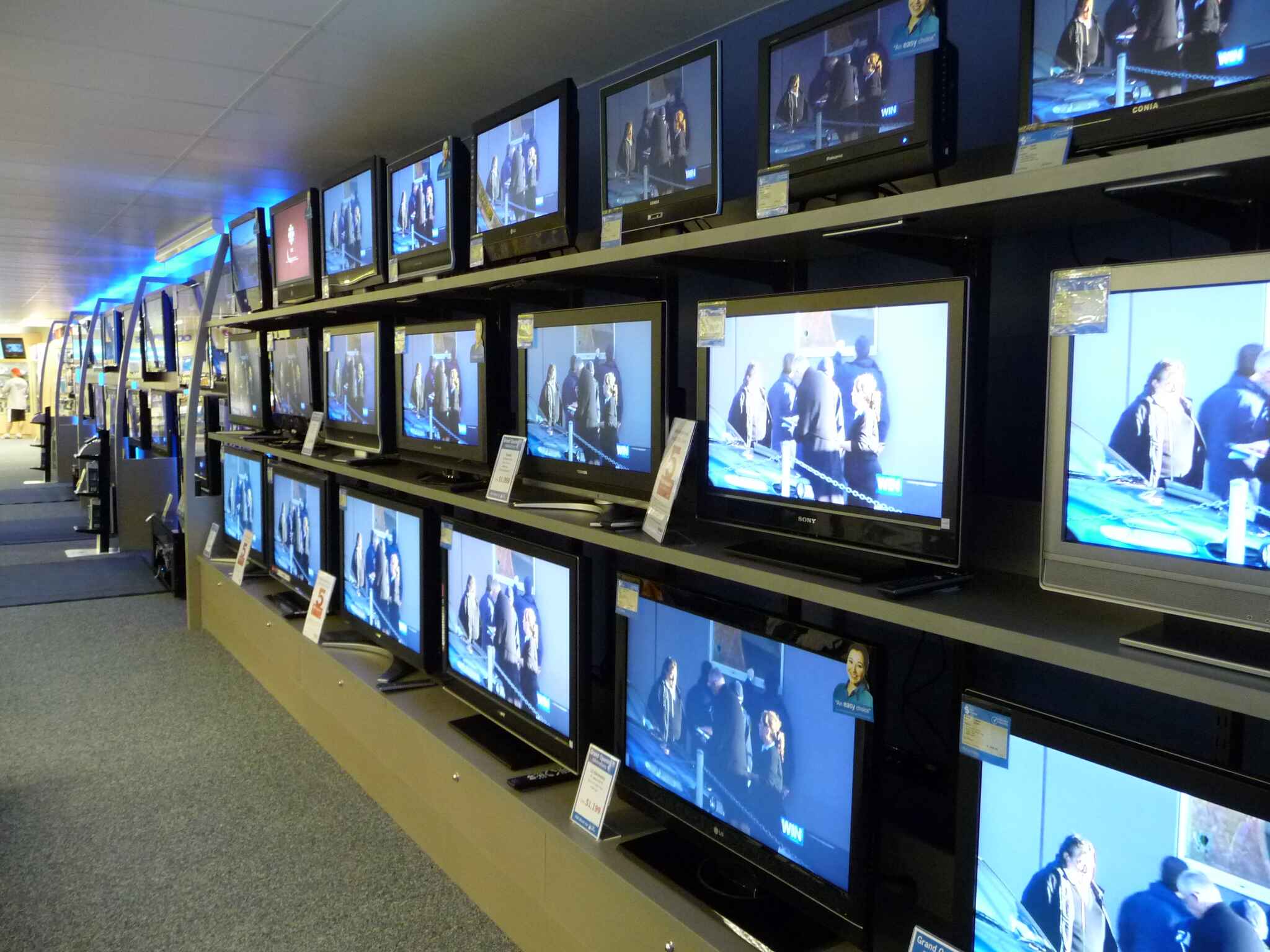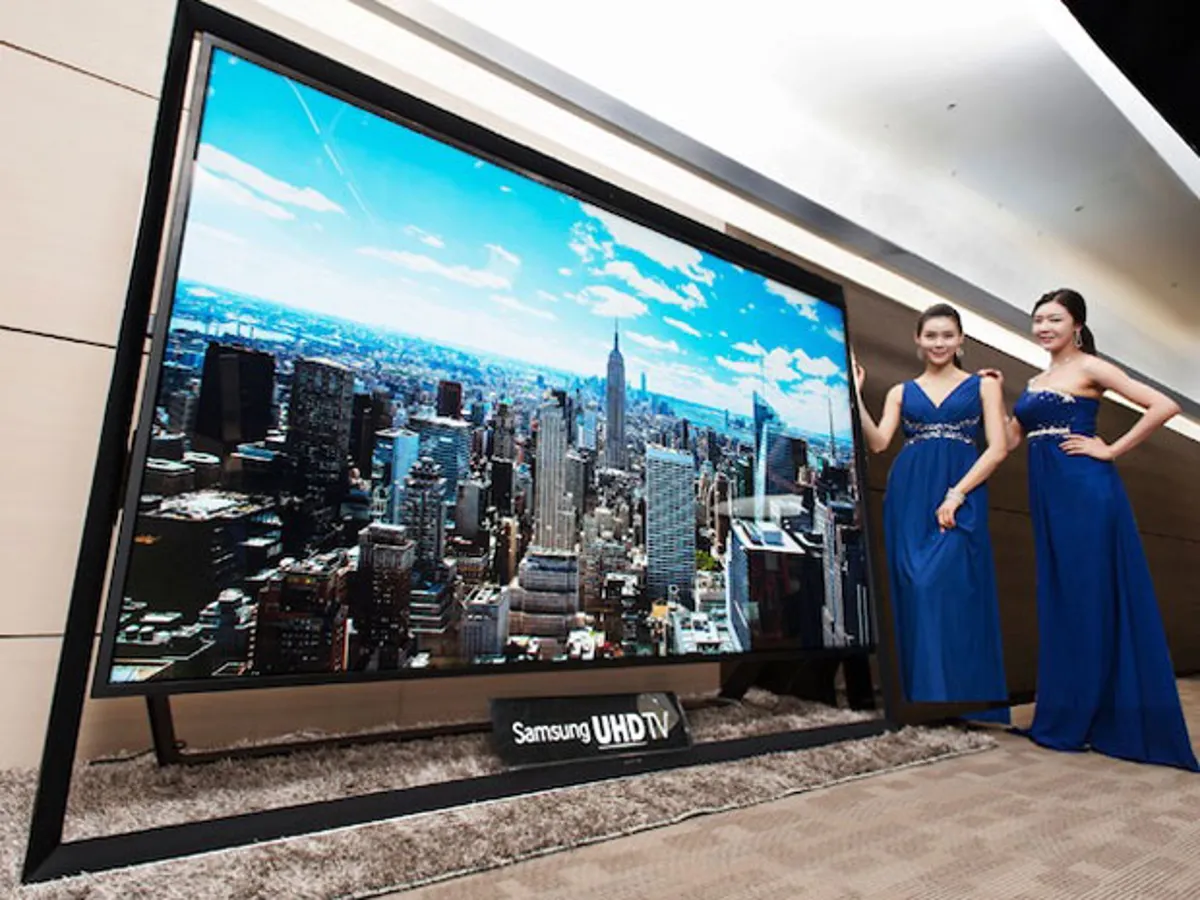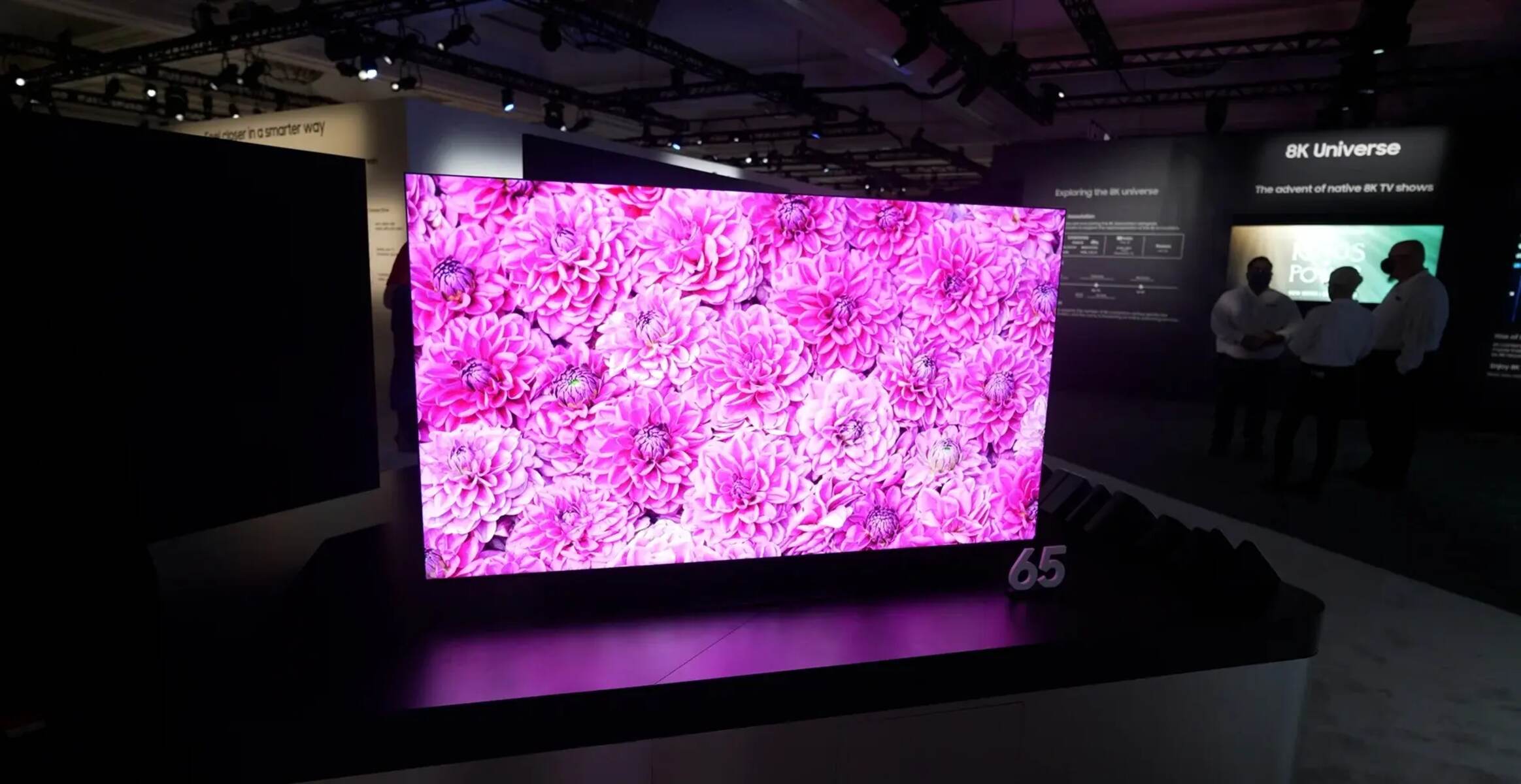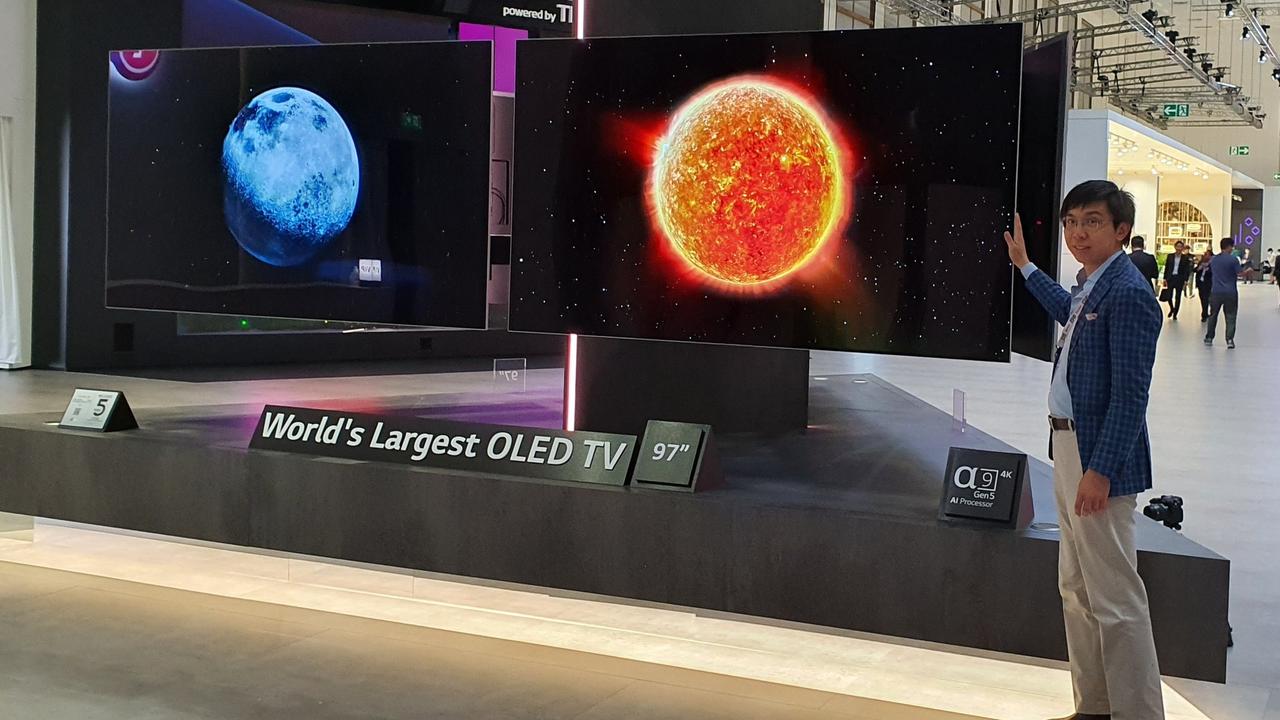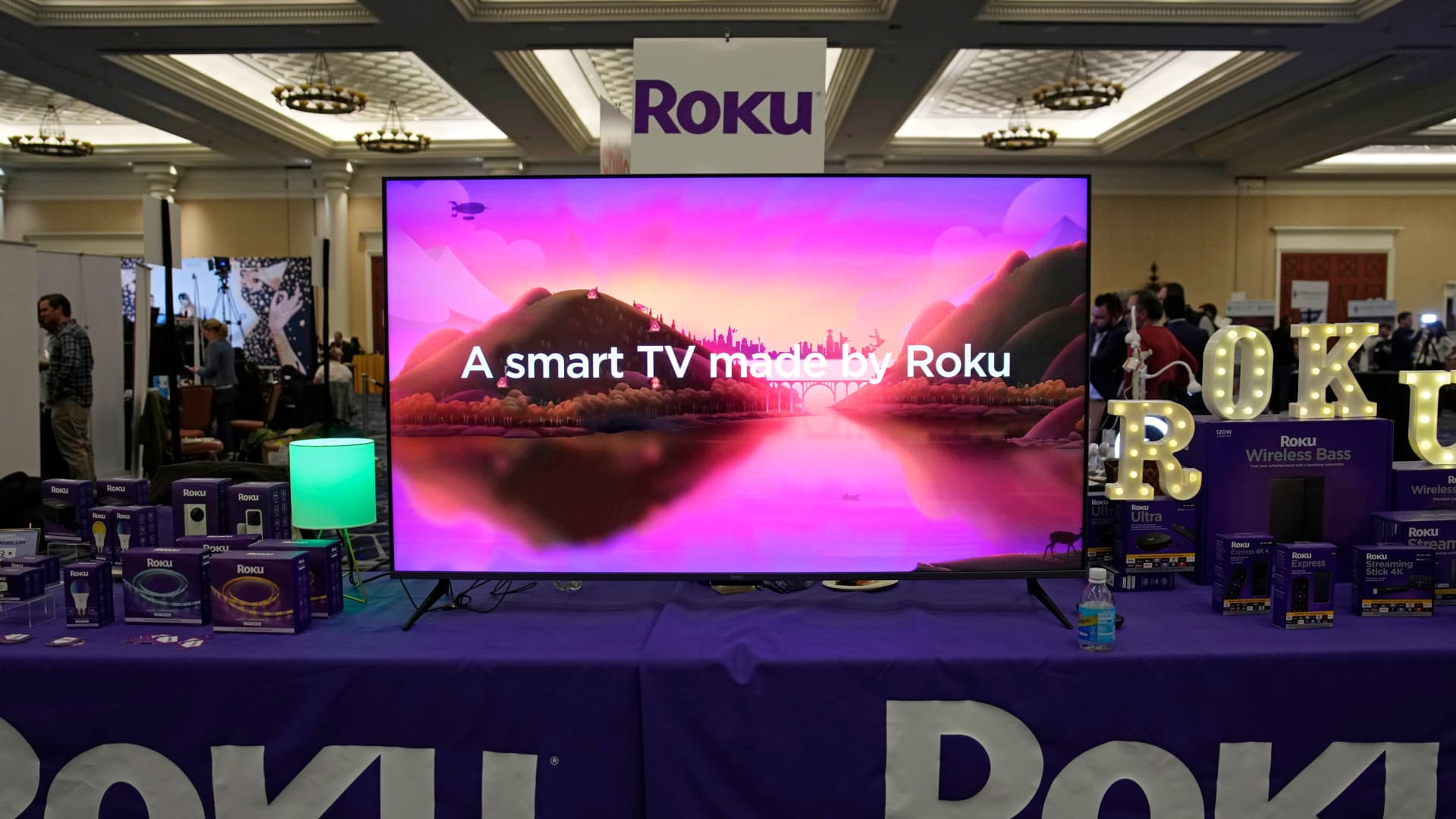Introduction
LED (Light Emitting Diode) TVs have become increasingly popular in recent years due to their superior picture quality and energy efficiency. Unlike traditional LCD TVs, LED TVs use tiny light-emitting diodes to illuminate the screen, resulting in vibrant colors, higher contrast ratios, and deeper blacks. With advancements in technology, LED TVs have continued to evolve, offering larger sizes and more immersive viewing experiences.
As the demand for larger televisions grows, manufacturers have pushed the limits of LED TV sizes to meet consumer needs. This has led to the introduction of some truly massive LED TVs, catering to those seeking a cinema-like experience in the comfort of their homes. However, with the myriad of options available, it can be challenging to determine which is the largest LED TV on the market and which factors to consider before making a purchase.
In this article, we will explore the advantages of LED TVs, understand how LED TV sizes are measured, discover the largest LED TVs currently available, and discuss important factors to consider when buying a large LED TV.
The Advantages of LED TVs
LED TVs offer several advantages over their traditional LCD counterparts, making them a popular choice among consumers. Here are some of the key advantages of LED TVs:
- Superior Picture Quality: LED TVs deliver exceptional picture quality with vibrant colors, deeper blacks, and higher contrast ratios. The individual LED backlighting allows for precise control of brightness levels, resulting in a more immersive visual experience.
- Energy Efficiency: LED TVs are more energy-efficient than traditional LCD TVs. The use of light-emitting diodes reduces power consumption, leading to energy savings and lower electricity bills.
- Thin and Sleek Design: LED TVs are incredibly thin and lightweight, allowing for easy installation and placement in any room. The slim profile and sleek design make LED TVs aesthetically pleasing, adding a modern touch to any home decor.
- Wide Viewing Angles: LED TVs offer wider viewing angles, ensuring that everyone in the room can enjoy a clear and detailed picture, regardless of their seating position.
- Fast Response Time: LED TVs have a faster response time compared to traditional LCD TVs, resulting in smoother motion and reduced motion blur during fast-paced action scenes or sports broadcasts.
- Long Lifespan: LED TVs have a longer lifespan compared to other types of displays, thanks to the durability of light-emitting diodes. With proper care, an LED TV can last for many years, providing long-term value for your investment.
Overall, LED TVs offer a range of advantages that contribute to a superior viewing experience. Whether you’re watching movies, sports, or playing video games, an LED TV can elevate your entertainment to a whole new level.
Understanding LED TV Sizes
When it comes to buying a large LED TV, understanding the sizing conventions is crucial to ensure you choose the right size for your space and viewing preferences. LED TV sizes are typically measured diagonally from corner to corner, similar to how traditional TVs are measured. The size is indicated in inches, such as 55 inches or 65 inches.
It’s essential to keep in mind that the size of an LED TV refers to the diagonal length of the screen and not the overall dimensions of the TV. The actual dimensions will vary depending on the TV’s bezel size and design.
Another factor to consider when it comes to LED TV sizes is the aspect ratio. Most modern LED TVs have an aspect ratio of 16:9, which is the standard widescreen format. This aspect ratio is suitable for watching movies, TV shows, and gaming.
When choosing an LED TV size, consider the viewing distance as well. The general rule of thumb is that the ideal viewing distance should be approximately 1.5 to 2.5 times the diagonal screen size. For example, if you have a 65-inch LED TV, the optimal viewing distance would be around 8 to 13 feet.
Ultimately, the size of the LED TV you choose will depend on your personal preferences, the size of the room, and the viewing distance. It’s essential to strike a balance between having a large enough screen for immersive viewing and ensuring that it fits comfortably within your space.
Now that we have a better understanding of LED TV sizes, let’s explore some of the largest LED TVs currently available on the market.
The Largest LED TVs Available
As technology continues to advance, LED TVs are becoming larger and more impressive. If you’re looking for the largest LED TVs on the market, here are a few noteworthy options:
- Samsung QN85Q900TSFXZA 85-inch 8K LED TV: This massive 85-inch LED TV from Samsung offers an incredible 8K resolution, delivering stunning picture quality. With its Quantum Dot technology and Direct Full Array, you can expect vibrant colors, deep blacks, and exceptional contrast. The QN85Q900TSFXZA also features impressive smart capabilities and a sleek design.
- Sony XBR-85Z9G 85-inch 8K LED TV: Sony’s XBR-85Z9G is another excellent choice for those seeking a large LED TV experience. With its 85-inch screen and 8K resolution, it provides exceptional clarity and detail. This TV features Sony’s X1 Ultimate processor, which enhances colors and contrast for a lifelike picture. Additionally, the XBR-85Z9G includes advanced sound technologies for an immersive audio experience.
- LG OLED88Z9PUA 88-inch 8K OLED TV: While technically not an LED TV, the LG OLED88Z9PUA is worth mentioning due to its impressive size and stunning picture quality. This 88-inch OLED TV offers an 8K resolution, OLED technology for deep blacks and infinite contrast, and LG’s ThinQ AI for smart functionality. If you want the ultimate cinematic experience, this TV is a remarkable choice.
These are just a few examples of the largest LED TVs available on the market. It’s important to note that while they offer incredible picture quality and size, they may also come with a higher price tag. When considering a large LED TV, it’s essential to assess your budget, viewing preferences, and the size of your space to make an informed decision.
Now that we’ve explored the largest LED TVs available, let’s delve into the factors you should consider when buying a large LED TV.
Factors to Consider When Buying a Large LED TV
When purchasing a large LED TV, there are certain factors you should consider to ensure you make the best choice. Here are some key factors to keep in mind:
- Screen Size and Viewing Distance: Determine the appropriate screen size based on the size of your room and the viewing distance. Consider the optimal viewing distance and make sure the TV fits comfortably within your space without overwhelming it.
- Resolution: Higher resolutions, such as 4K or 8K, offer sharper images and more details. Consider the available content in these resolutions and choose accordingly.
- Picture Quality: Look for features like a high contrast ratio, HDR (High Dynamic Range) support, and wide color gamut for vibrant colors and enhanced visual experience.
- Smart Features: Consider the smart features available, such as built-in streaming apps, voice control, and connectivity options to enhance your TV-watching experience.
- Audio Quality: Evaluate the sound quality and consider if an external sound system or soundbar is necessary for optimal audio performance.
- Budget: Set a budget that aligns with your requirements and prioritize the features that matter most to you.
- Brand and Warranty: Consider reputable brands known for their reliability, customer support, and warranty options to ensure peace of mind with your purchase.
It’s also helpful to read reviews and compare different models to get an idea of the pros and cons of each. By considering these factors, you can make an informed decision and choose a large LED TV that meets your specific needs and preferences.
Conclusion
LED TVs have revolutionized the way we enjoy television and entertainment. With their superior picture quality, energy efficiency, and sleek designs, LED TVs have become a popular choice for many consumers.
In this article, we explored the advantages of LED TVs, understanding LED TV sizes, the largest LED TVs available on the market, and the key factors to consider when purchasing a large LED TV.
LED TVs offer exceptional picture quality, energy efficiency, and a wide range of sizes to suit different spaces and viewing preferences. Understanding how LED TV sizes are measured and considering the viewing distance can help you choose the ideal size for your needs. Additionally, knowing the largest LED TVs available on the market gives you insight into the options available for a truly immersive viewing experience.
When buying a large LED TV, it’s important to consider factors such as screen size, resolution, picture quality, smart features, audio quality, budget, brand, and warranty. By evaluating these factors and prioritizing your preferences, you can make an informed decision and select an LED TV that will provide years of enjoyment.
Remember, technology continues to advance, and the world of LED TVs will continue to evolve. Stay updated on the latest features and innovations to choose a TV that offers the best possible viewing experience.
With the right large LED TV, you can transform your living room into a home theater and enjoy your favorite movies, shows, and games like never before.









